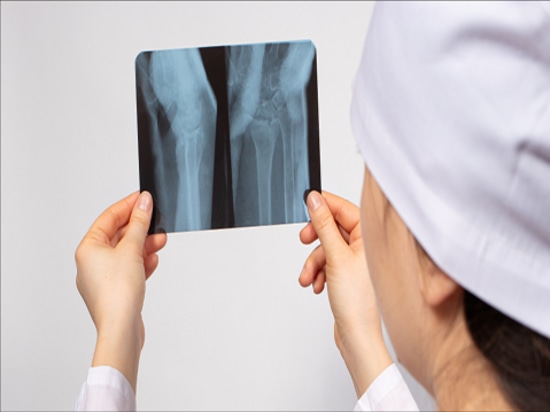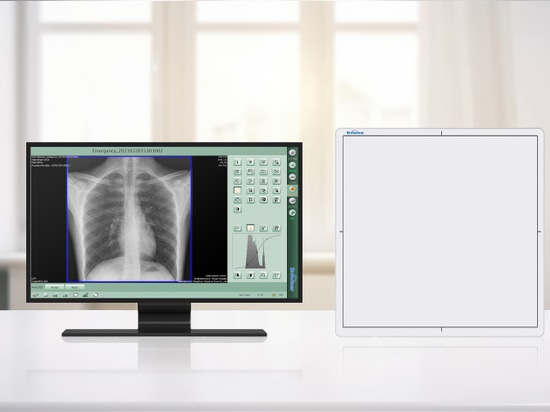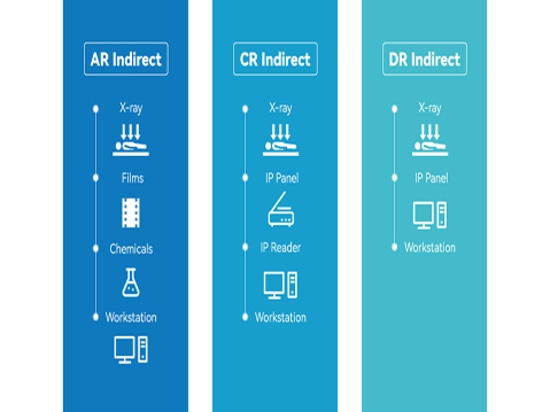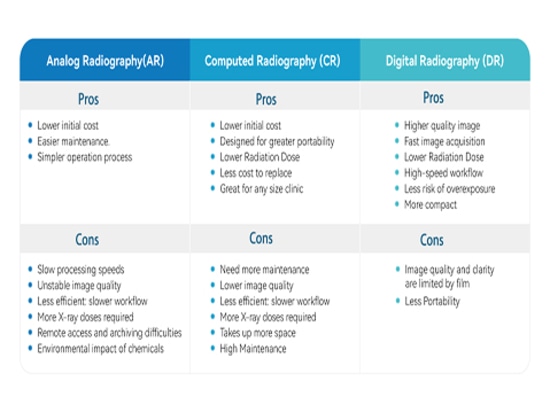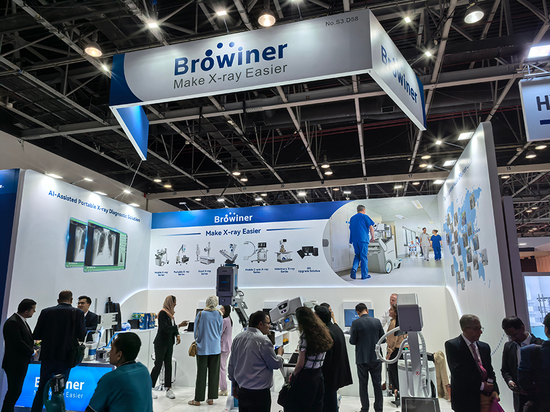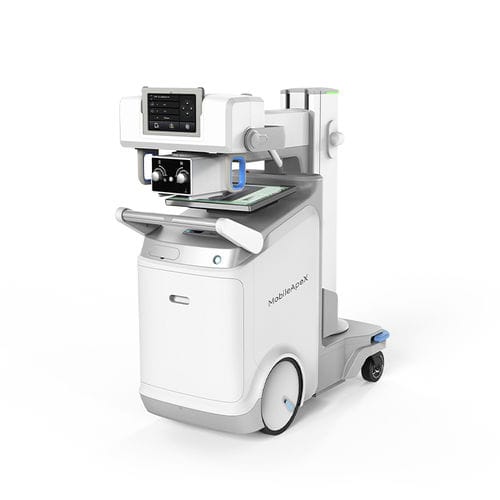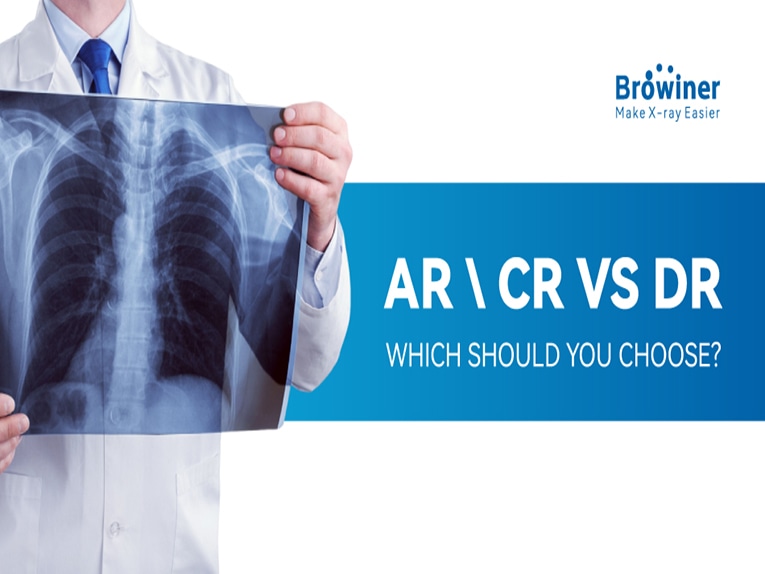
#Industry News
AR、CR VS DR: WHICH ONE SHOULD BE YOUR BEST CHOICE?
AR、CR VS DR: WHICH ONE SHOULD BE YOUR BEST CHOICE?
Three terms are often heard when discussing X-ray imaging: Analog Radiography(AR)、Computed Radiography (CR) and Digital Radiography (DR). Although they are both digital radiographic imaging technologies, they have significant differences. In this article, we would like to give you a better understanding of them.
Three terms are often heard when discussing X-ray imaging: Analog Radiography(AR)、Computed Radiography (CR) and Digital Radiography (DR). Although they are both digital radiographic imaging technologies, they have significant differences. In this article, we would like to give you a better understanding of them.
1. Imaging process
Analog Radiography(AR)
AR uses conventional film technology, where X-rays are transmitted through human tissue, captured by traditional film, and chemically processed to develop an image.
Computed Radiography (CR)
CR requires the IP panel to be scanned by the reader after each exposure to reading out images, which means that CR is indirect imaging.
Digital Radiography (DR)
DR, however, uses a single detector to direct the digital image and display it instantly on the monitor. This greatly improves working efficiency
2. Workflow Comparison
Analog Radiography(AR)
Since AR is the most traditional X-ray system. The AR workflow is a bit more complicated because of the lack of IP panels, AR requires extensive chemical processes to develop the film, and the imaging results are not immediately viewable
Computed Radiography (CR)
Compared with AR, the CR workflow seems more convenient.
The IP board can only record one image, and the technician must use a reader to upload the image before the next examination.
Digital Radiography (DR)
Finally, compared with AR and CR, DR has the simplest workflow. DR comes with a detector that can capture and upload images directly. No additional tools or time are required to complete standard checks. DR can complete continuous imaging in a shorter time.
3. Radiation Dose
As we know, X-rays are always harmful to the human body because of the radiation, so most doctors are concerned about the health risks of X-rays. Unlike CR and AR, DR uses high DOE detectors, which greatly improve the efficiency of X-ray acquisition. Studies have shown that DR radiation dose is less than both CD and AR with the same image quality
4. imaging performance
In addition, DR adopts a high-resolution detector with high A/D conversion.
which produces images with high brightness, high contrast, and more details than CR and AR.
Now, let's see the pros and cons of AR, CR, and DR through this chart below:
Analog Radiography(AR)
Pros
• Lower initial cost
• Easier maintenance.
• Simpler operation process
Cons
• Slow processing speeds
• Unstable image quality
• Less efficient: slower workflow
• More X-ray doses required
• Remote access and archiving difficulties
• Environmental impact of chemicals
Computed Radiography (CR)
Pros
• Lower initial cost
• Designed for greater portability
• Less cost to replace
• Great for any size clinic
Cons
• Need more maintenance
• Lower image quality
• Less efficient: slower workflow
• More X-ray doses required
• Takes up more space
• High Maintenance
Digital Radiography (DR)
Pros
• Higher quality image
• Fast image acquisition
• Lower Radiation Dose
• High-speed workflow
• Less risk of overexposure
• More compact
Cons
• Image quality and clarity are limited by film.
• Less Portability
Conclusion
The lower cost of AR as well as CR compared to DR makes it suitable especially for hospitals and clinics with limited budgets or in need of a gradual transition. Although AR/CR systems still have a cost advantage, However, in recent years, DR has become more market-oriented and its technology has continued to develop, making it the preferred choice in most cases.
We hope this article can give you helpful information and help you know more about different types of X-ray systems, if you would like to learn more about the options for upgrading to digital X-ray, Welcome to follow Browiner's SNS platforms and official website, hope you can learn more about the options.
